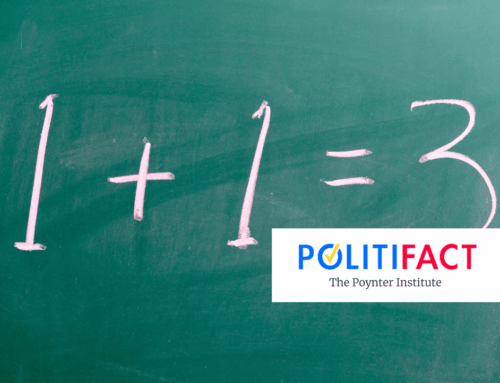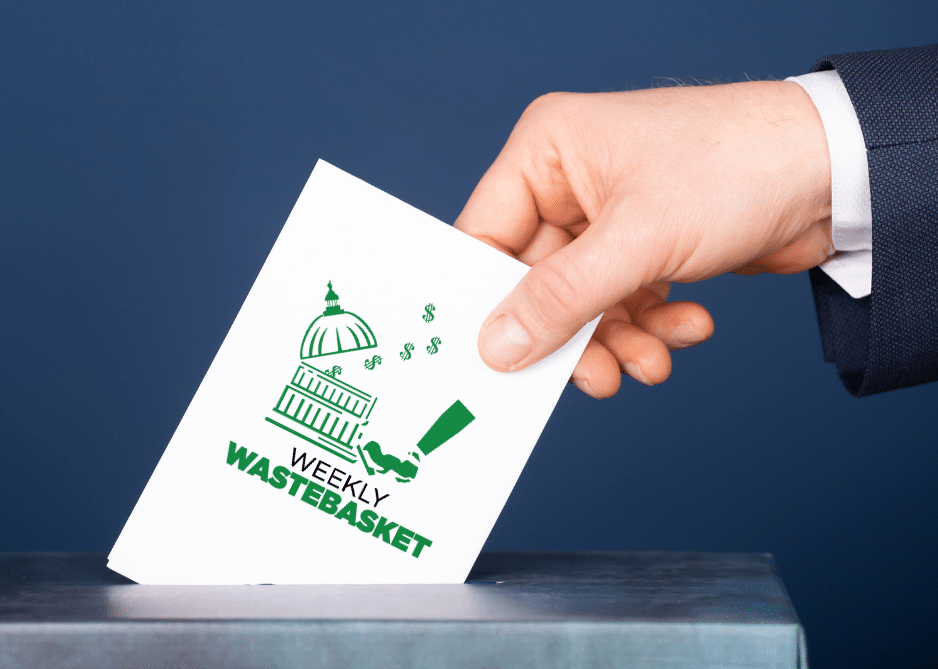The Senate has wrapped up its work on its third economic assistance package to respond to the COVID-19 pandemic and the House will follow tomorrow. This third pass at the crisis includes roughly $2 trillion in funding, loans, or loan guarantees to help medical providers meet the growing needs of infected individuals and demands for protective measures. This includes hundreds of billions of dollars in benefits to individuals, communities and businesses hard hit by the economic impact of the virus.
All in all, the funding legislation covers almost 900 pages. It is very specific about the dollar amounts to be provided the various federal agencies either responding to or impacted by the virus outbreak. But when it comes to economic assistance to the private sector, most of the decisions about how the money will be allocated could be written as TBD or “To Be Determined” and left largely to the discretion of the Department of the Treasury; in other words, the White House.
TCS has been tracking the many industries who seek federal assistance to respond to the pandemic. Some of these businesses have clearly suffered economically as a result of the virus. But for many others, the connection between their requests and COVID-19 are tenuous at best.
We went digging into the $2 trillion package looking for highly parochial spending – funds designated to a specific industry or business – based on the data we’ve collected. For years we’ve made exposing this kind of putting a thumb on the scale for a particular industry central to what we do. But what we found, instead, was that Congress, rather than setting guidelines on how the government should provide assistance to the private sector, opted instead to create a mechanism for distributing the funds, with the oversight to come AFTER these decisions had been made.
TITLE IV of the legislation, known as the “Coronavirus Economic Stabilization Act of 2020,” provides $500 billion in grants, loans and loan guarantees to industries and business hard hit by the virus, and to states and municipalities. The funds include $25 billion for passenger airlines, $4 billion for cargo airlines, and $17 billion for companies deemed critical to national security. (There is also a separate special fund specifically for aviation workers that includes an additional $25 billion for passenger aviation, $4 billion for cargo aviation, and $3 billion for contractors.)
How the remaining $454 billion – and any leftover from the money designated for the airlines and national security, if there is any – will be distributed is left to Treasury Secretary Mnuchin. The criteria for the distribution of these funds is vague. According to the legislation, the funds are to “provide liquidity to eligible businesses, States, and municipalities related to losses incurred as a result of coronavirus.” This leaves a tremendous amount of authority to the Trump administration to determine the distribution of these resources.
The legislation provides two oversight mechanisms to the distribution of these funds. First, the bill includes $80 million to create a Pandemic Response Accountability Committee, which is intended to “promote transparency and support oversight of funds” provided in the Act. The Committee would be made up of the Inspectors General of the Departments of Defense, Education, Health and Human Services, Homeland Security, Justice, Labor, and the Treasury, the Small Business Administration, and the Treasury Inspector General for Tax Administration, as well as any other Inspector General with relevant oversight authority of COVID-19 response funds that the Committee Chair designates. The Committee’s role is to oversee and coordinate audits and accounting of Coronavirus response funds within and across the relevant federal agencies, along with “funds provided in this Act” (it also extends to funds backward and forward in COVID-19 response, and includes loans, but doesn’t mention loan guarantees or tax provisions). That would include those administered by the Secretary of the Treasury. The Committee’s authority includes the power to subpoena individuals not employed by the federal government. The Committee’s membership does not specifically include the newly created Special Inspector General (see below), but it could, and should.
Second, the bill creates a new Special Inspector General for Pandemic Recovery (Section 4018), appointed by the President with the advice and consent of the Senate. The role of the new Special IG includes to “conduct, supervise, and coordinate audits and investigations of the making, purchase, management, and sale of loans, loan guarantees, and other investments made by the Secretary of the Treasury…”
In carrying out these duties, the Special IG will have the same authority as other federal Inspectors General. At TCS we strongly believe having this much new money sloshing around in the federal system requires increased oversight. So we’re pleased that many IG offices across the federal agencies are receiving increases to their budgets. We’ve created a handy chart here.
The Office of the Special IG shall terminate five years after the enactment of this legislation.
Congress clearly has concerns about the “spend now, report later” funding mechanism adopted as part of the creation of a roughly $500 billion “slush fund.” But as is the case with any oversight entity – Special Inspectors General included — their effectiveness will only be as great as the watchdogs chosen to do it and how much power they really have.
One particular provision already raising eyebrow is the $17 billion for companies deemed critical for national security. This pot is widely viewed as being a bailout for aerospace industry giant Boeing. In addition to being one of the world’s largest manufactures of civilian aircraft, Boeing is also one of the nation’s top defense contractors.
Here at TCS we’ll keep digging. And adding to our list of corporations lining up for their piece of the largest bailout in U.S. history.
* Click here for all our recent work on oversight and Inspectors General.










